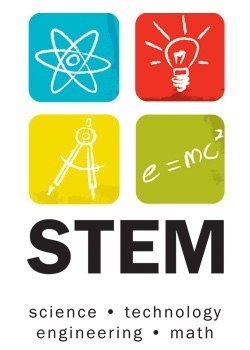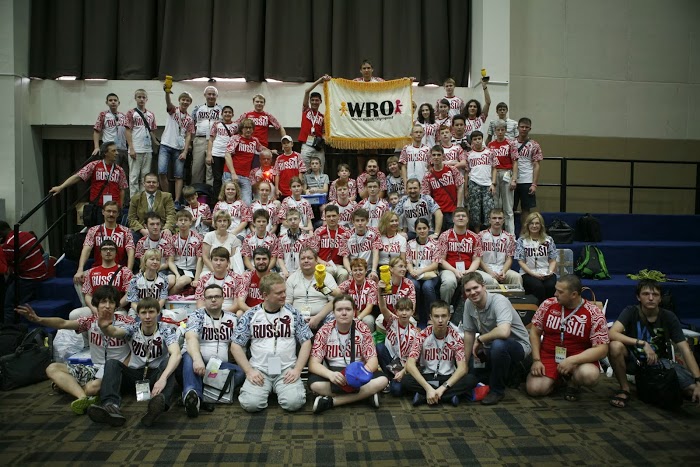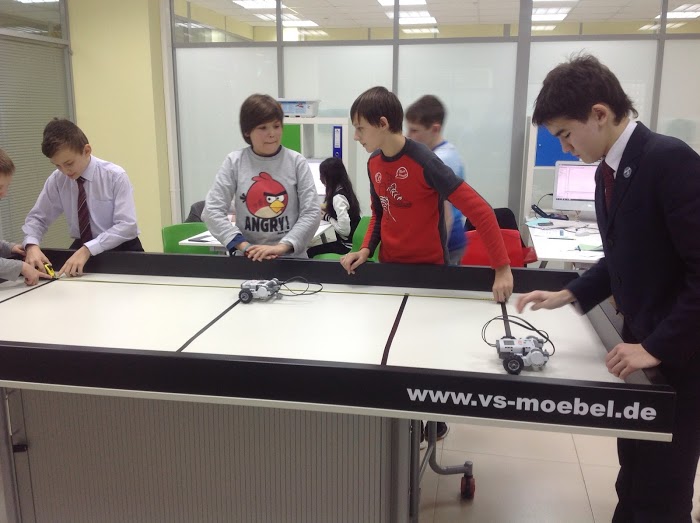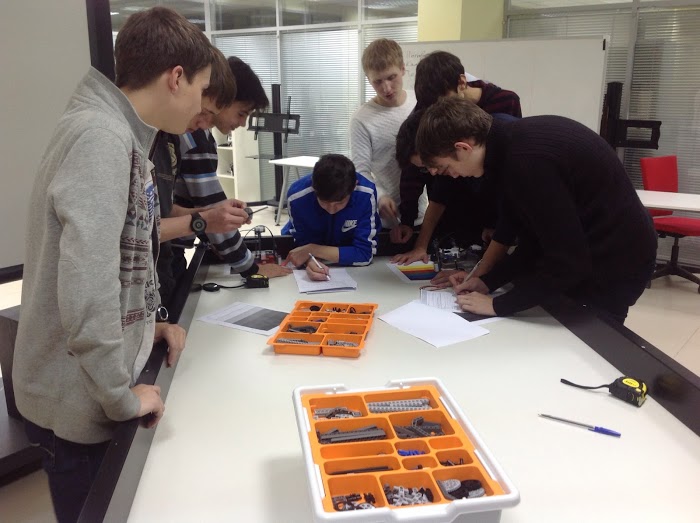Educational robotics: sports or physical education

Introduction
Educational robotics is a cycle of activities in secondary schools or educational institutions of supplementary education, in which programming and designing together allow the formation of technical creativity skills, motivate schoolchildren to study the exact sciences and ensure their early professional orientation.
At present, educational robotics is gaining momentum in Russia more and more - more and more training centers are opening not only in large cities of central regions, but also in small regional centers.
But when the educational center chooses the curriculum, according to which it is to move in the course of working with schoolchildren in this subject, the question arises - what direction should they take. Serious plans of the University of Innopolis to attract future applicants have caused the need for his staff to immerse themselves in the problems of this issue.
The fact is that currently there are at least two approaches to teaching robotics to schoolchildren:
- robozport
- STEM Robotics
And they differ from each other in much the same way as the sport of high achievements (the olympiad movement) and physical culture. They have different goals and different teaching methods.
')
ROBOSPORT
The task of the first approach is to teach children to solve olympiad tasks, prepare competitive projects, choose from the mass of school students the most talented ones who could represent a school, district, region or even a country in various competitions and exhibitions. And there are a lot of competitions:
- World Robot Olympiad
- International robot competitions
- Hello, Robot!
- Robocup junior
- Many local competitions
The training method in such cases is reduced to the following steps:
- acquaint with element base and basic constructions
- introduce the basic constructs of the programming language
- teach how to solve classical problems: movement along the line, detection of obstacles and their detour, exit from the maze (that is, the concepts of regulation and state-machines are introduced)
- take the regulations of the next competition and iteratively solve the problem of designing and programming the robot to prepare for this competition

Quite often, these are quite effective verified training methods that, with the right approach of the teacher to the training, give a high result. A student who has solved a sufficiently large amount of these tasks may be able to combine different solutions together, preparing for competitions of a more complex level.
Even the preparation of creative projects for exhibitions takes place in a similar pattern: knowledge on the solution of an applied task is already acquired in the course of working on the project itself. This knowledge, by the nature of acquisition, does not have a clear system and, quite often, is aimed at private use.
This approach has, obviously, both pluses and minuses. The main advantage is the high motivation of schoolchildren because they see the result obtained in a relatively short time - the robot is preparing for competitions, the robot is winning. It also motivates the competitive effect - I want to compete for the title of the best robotics school, area or even the world. Also, choosing competitive robotics, an educational institution will be able to show some public result in the near future - students will participate in competitions, directors and coaches will receive letters of appreciation, methodological departments will be able to report on the results achieved, and therefore on the effectiveness of the money spent. Thanks to these advantages, robotics began to gain momentum in Russia since 2002 - over 3 thousand teams are now in the sports movement in our country, according to the World Robot Olympiad.

The disadvantages of “sports” robotics stem from the advantages: a quick result does not mean a quick acquisition of high-quality knowledge, a high motivation to win leads to the fact that schoolchildren burn out if they do not occupy any prizes for a long time. Explicit focus on participation in as large competitions as possible leads to the fact that the teacher does not have much time to adequately build the learning process, because after participating in one competition, the preparation for another begins immediately. And this, in turn, means that students, for the most part, are able to solve only a small set of tasks, their knowledge is shallow and narrowly specialized.
STEM
In contrast to the previous approach in educational robotics, you can put the STEM - Science Technology Engineering Mathematics approach (sometimes called STEAM, adding Art). This paradigm came to us from the West, where classes in robotics have long been established in schools, supervised by large universities. In the course of these studies, the guys are not only and not so much engaged in robotics, as they use it, as some kind of interactive element, with the help of which certain theoretical knowledge is fixed in practice. Theoretical knowledge can be, as in the exact sciences: mathematics and physics, and the natural: chemistry, astronomy, biology, ecology.

One of the bright and simple examples of consolidation of knowledge from the school course of mathematics is the calculation of the trajectory of the robot. Depending on the level of knowledge, both the usual trial and error method and the scientific approach can be used here: here they may need the properties of proportion (6-7 class), and knowledge of the formula for the length of a circle (8-9th) and even trigonometry (10 -Grade 11).
Great importance in STEM robotics classes is also given to the so-called soft skills - schoolchildren team up into project teams, honing their skills in teamwork, communication, presentation and the ability to give feedback. The whole course, in this case, is divided into a series of modules, during each of them a full-fledged project is created: with time planning and maintenance of an engineering notebook, with decomposition, with division of team members into roles, and even with delivery of the project to the customer-teacher.

In general, the course in such cases is subject to a common topic: space, agriculture, ecology, sport, etc. Even commercial companies that actively support educational robotics understand the need to prepare training materials for such programs, and thus the Green City and Space Challange educational kits have appeared.
An important part of the curriculum is binding to the real world, due to which the teacher raises the level of students' erudition, talking about life phenomena and historical events related to one or another module. Children consider these facts from the point of view of science, analyze them with the help of a teacher, learn to draw conclusions.
Yes, the rate of acquisition of purely robotic knowledge in such studies is not very high. But on the face, a more systematic approach and a variety of forms of obtaining and consolidating knowledge. It is noteworthy that even in this approach, at the end of even the most basic course, children can also take part in competitions. For STEM programs, the FIRST LEGO League and FIRST Technical Challenge competitions will be most suitable - not only the robots but also the teams themselves compete here: team spirit, engineering design of the project, ability to make a presentation are evaluated.
Since STEM programs are aimed at acquiring and securing fundamental knowledge, at developing the skills necessary for a modern scientist and engineer, they are the ones most suited for integration into a modern school. Given the growing demand for IT specialists, this approach to educational robotics is becoming increasingly popular - not only higher education institutions, but also simple teachers are introducing it into the school.
Afterword
Traditionally, nothing around us is black and white. Therefore, educational programs related to robotics in Russia are also rarely purely sports or purely STEM. How to mix these two approaches and in what proportion depends on what we, as teachers and directors of educational institutions, want to achieve!
And what University of Innopolis has chosen for its educational centers will be described in the following articles.
Source: https://habr.com/ru/post/210906/
All Articles